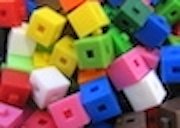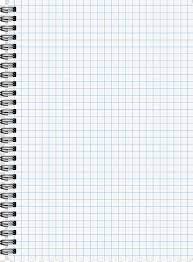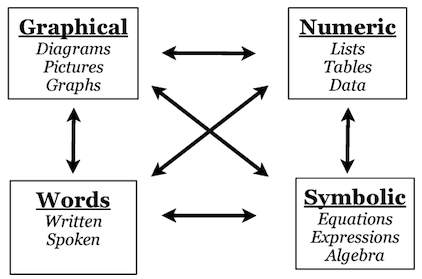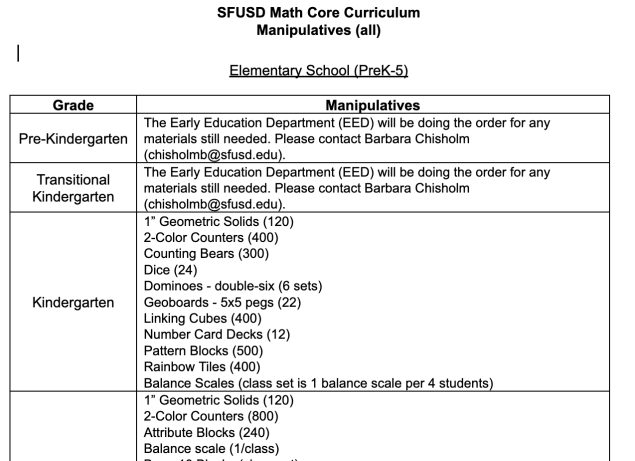Manipulatives as a way to model thinking
Math Practice Standard #5 is Use appropriate tools strategically
Mathematically proficient students consider the available tools when solving a mathematical problem. These tools might include pencil and paper, a ruler, a protractor, a calculator, a spreadsheet, concrete models such as fraction kits, or dynamic geometry software.
Teachers who are developing students' capacity to "use appropriate tools strategically" make clear to students why the use of manipulatives and other tools will aid their problem solving processes. An elementary teacher might have their students select different color tiles to show repetition in a patterning task. A teacher of adolescents and young adults might have tools available during the students' group "tinkering processes," providing paper strips, brass fasteners, and protractors so that students can create and test quadrilateral kite models.
Manipulatives for All Learners

Students of all ages benefit from being able to use tools and materials to model and solve problems, explain their thinking, and make their thinking visible. Encourage all students to use tools and materials and to explain how they use them. Teachers and students should develop clear guidance for how to select the resources for any given task.
Manipulatives should not be reserved for when a student is experiencing difficulty. Students and teachers both can develop the mistaken idea that using physical materials is a less sophisticated and less valued way of solving a problem or modeling a solution.
View the list of math manipulatives that are used in the SFUSD Math Core Curriculum from PreK to Algebra 2 + Precalculus.
Math Classroom Tools
This page was last updated on June 21, 2023




